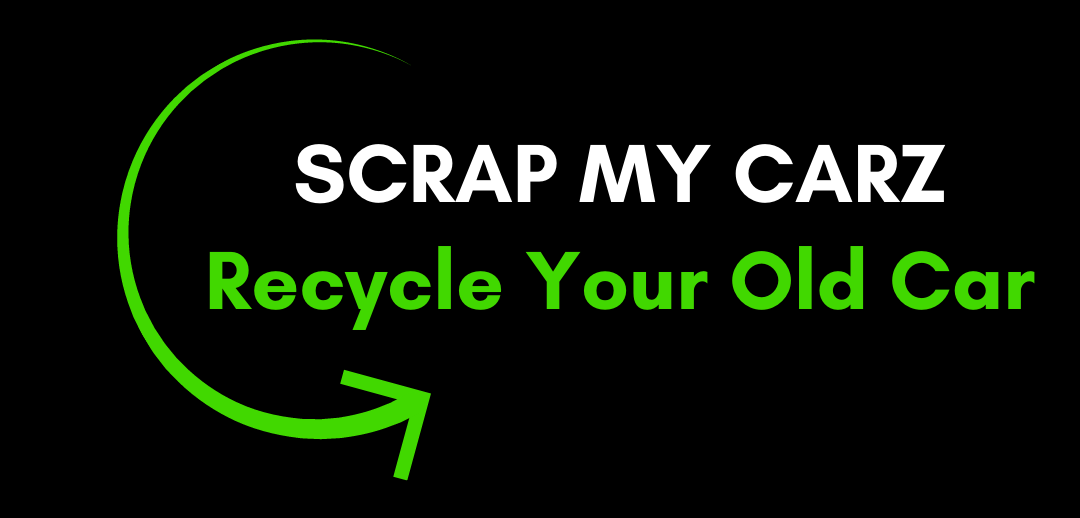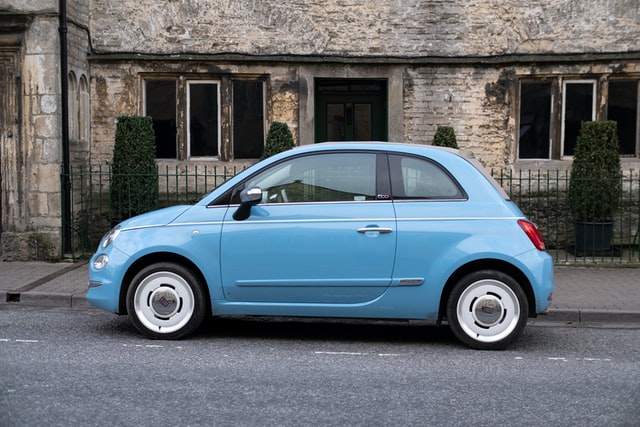It will be easier to sell your car if all of your paperwork is in order, and some cases, not having it may deter potential buyers or cause the sale to fall through.
What documents are required to sell a car?
Technically, selling a car without any paperwork is possible, but the process can be complicated. A lack of proper documentation can reduce the value of your car and turn away potential buyers. These are the documents you need to have in order to make selling easier.
- V5C logbook
- Service history
- MOT certificate history
- Receipts for repairs and replacement parts
- Remaining car warranties
- If applicable, use the number plate retention form (V317)
- A car owner’s handbook
- Reservation confirmation and purchase receipts
1. V5C logbook
The most crucial document when selling your car is the V5C, also referred to as the vehicle’s logbook. This is the document you’ll use to give the buyer ownership of the car.
Whether you sell the car privately or to a dealer will determine what you do with the V5C. Sections 2 and 6 must be completed if you sell it privately, while Sections 4 must be completed if you sell it to a dealer. Many dealers will accept the entire V5C document and send it on your behalf.
If you sell your car privately, be sure to complete the necessary sections and mail it to the DVLA as soon as possible after the sale. Otherwise, you will still be liable for any tickets issued while the car was still in your possession up until the DVLA receives notice of the ownership change.
As an alternative, you can transfer ownership of the vehicle by completing an online form on the DVLA website. Following completion of this process, the new owner will receive a new V5C in the mail as proof that the vehicle is now registered in their name.
Although it is possible to sell your car without a logbook, the process can be difficult and may turn off many potential buyers. You can request a replacement V5C online if you’ve lost your current one.
Do you want to ‘scrap my car uk‘? Reach out to us NOW!
2. Service history
The best price for your car can be obtained by providing a thorough service history because it demonstrates how well the car has been cared for and maintained.
The owner’s manual and the car’s service book are typically kept together in a folder, and each time a service is performed, the servicing dealer should stamp the book. Make sure the book has been stamped when picking up your car after a service.
The service book will also include information on the type of service performed, the date it was completed, and the mileage at the time.
For the new owner to continue the maintenance schedule on the car, you must provide them with these records.
3. MOT certificate history
Your car will undergo an MOT to ensure it is safe to drive. Any potential buyer will want to see the MOT certificate because it is required for vehicles over three years old in order to be driven legally on public roads.
In addition to making sure the vehicle has a current MOT, they’ll want to know if there are any advisories that haven’t been addressed yet.
The MOT history provides detailed information about the condition and maintenance of the vehicle.
Nowadays, not having all of your car’s paper MOT certificates is not a big deal because you can use the government’s online MOT history check tool. However, it never hurts to have the originals as well as any bills for completed advisory work.
4. Receipts for repairs and replacement parts
Every time you have work done on your car, the mechanic should provide you with an invoice outlining the work done and the parts used.
Having documentation of when necessary maintenance has been carried out and using high-quality parts can help close the deal when you are selling the car.
5. Remaining car warranties
You must inform your provider that the car has been sold if a warranty still covers it.
The warranty can typically be transferred to the new owner. If so, it might enable you to negotiate a higher price for your car.
The new owner will require any supporting documentation if you do decide to transfer the warranty.
6. Number plate retention form (V317)
This rule only applies if you have a personalised licence plate that you intend to use on your subsequent vehicle.
From the gov.UK website, you can download a V317 form. There are two ways to keep your plate.
If you haven’t yet purchased a new car, you can either apply to transfer it immediately to another vehicle or keep it on a retention document for 10 years. It costs £80 to get both of these.
Just complete the form and return it to the DVLA.
7. A car owner’s handbook
The owner’s manual, which is essentially the car’s instruction manual and is typically kept in the glovebox,
Everything the new owner needs to operate systems like the infotainment system is contained in it. The specifications for the vehicle’s fluid levels, tyre pressure, and other maintenance-related details are also included.
8. Reservation confirmation and purchase receipts
It’s uncommon for someone to pay the full amount right away when they come to look at your car. They might have to leave to organise their finances or apply for a bank loan.
You must provide them with a receipt as proof that they have left a holding deposit because they might do this to secure the car in the interim. The invoice must include:
Names of the seller and the buyer, the make, model, registration, and VIN of the vehicle, the deposit paid, the balance due when the vehicle is collected, the date the deposit was made, and the seller’s and the buyer’s signatures.
A copy of this agreement should be given to both you and the buyer. When the buyer returns to pick up the car, it will shield you from any disputes regarding the agreed price and give the buyer peace of mind that the car has been secured.
You should then fill out the same receipt once more, this time including the entire amount paid, and have one copy for you and one for them when they come back to pick up the car.
Frequently Asked Questions
What price ought I to set for my car?
It can be challenging to value your car. A high asking price will deter potential buyers from even looking, so you don’t want to ask too much.
What paperwork do I need to dispose of my car?
If you’ve made the decision to get rid of your car, you might be wondering, What paperwork do I need to scrap my car? Some paperwork, like a proof of address, is required, while others, like logbooks, are optional.
What is the DVLA?
Only since the middle of the 20th century has there been a Driver and Vehicle Licensing Agency. In actuality, it was the responsibility of Borough and County councils to keep track of the motor vehicles throughout Great Britain from 1903 until 1965.
When there weren’t many cars on the roads, that worked just fine. However, as ownership and travel increased, there were clear issues with verifying each vehicle’s specifics. Thus, the DVLA was established in 1965.
The DVLA, which has its main office in Swansea, is in charge of maintaining the national vehicle registration database and the database of British drivers. The Driver and Vehicle Agency is responsible for registering drivers in Northern Ireland.
The British Forces’ civilian vehicles used in Germany are also registered with the DVLA. Additionally, the Foreign Office’s diplomatic and consular vehicles.
Read also;


Recent Comments